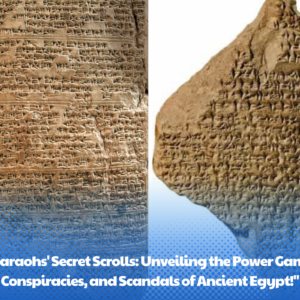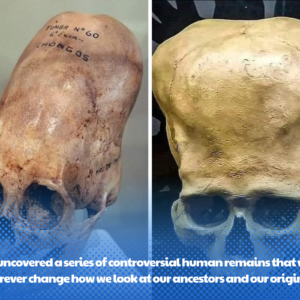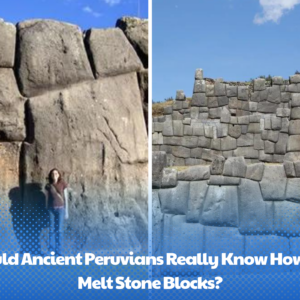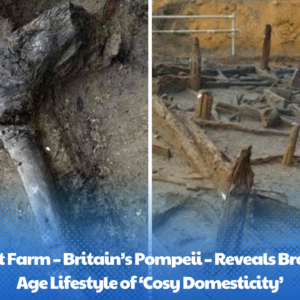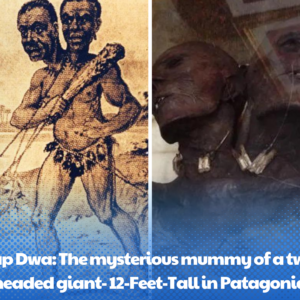The Three Queens Who Defeated the Hyksos Invasion in Ancient Egypt

In the 16th century BC, three queens in ancient Egypt, Tetisheri, Ahhotep, and Ahmose Nefertari, played a significant role in expelling the Hyksos, a group of foreign invaders who had conquered the country.
The Hyksos had captured the city of Memphis and established themselves as the 15th dynasty of Egypt, ruling over northern and central Egypt for around a century.
In the south, however, parallel dynasties, the 16th and 17th, were formed by the original rulers of the region who saw themselves as the continuation of native Egyptian power.
These dynasties were based in the city of Thebes, located on the banks of the Nile in southern Egypt. The kings of the 16th dynasty were vassals of the Hyksos, but the 17th dynasty began to fight back with the help of the three queens of Thebes.
Tetisheri was the matriarch of a great Egyptian family, which included her son Seqenenre Tao II and daughter Ahhotep. She supported her son’s efforts to challenge the Hyksos rule and was a shrewd and influential woman.
Ahhotep, who was married to her brother Seqenenre Tao, also supported her husband in his fight against the Hyksos occupation in the north.
However, Seqenenre Tao was killed in battle and his successor, Kamose, also died on the battlefield just three years after taking power.
Ahhotep then became regent for her son Ahmose, who was too young to rule officially.
As regent, Ahhotep played a crucial role in the resistance against the Hyksos. She raised and trained an army, which was led by her son, and provided financial support for the war effort.
She also served as an ambassador, negotiating with foreign powers and securing alliances against the Hyksos. Ahmose, who eventually became Pharaoh, continued the war against the Hyksos and was eventually able to drive them out of Egypt around 1521 BC.
She was also a patron of the arts and a religious leader, and she played a key role in the restoration of the temples and the worship of the gods after the Hyksos occupation.
The efforts of these three queens, Tetisheri, Ahhotep, and Ahmose Nefertari, were crucial in the resistance against the Hyksos and in the eventual expulsion of the invaders from ancient Egypt.
Their partnerships with their husbands and their ability to rule as regents allowed the ancient Egyptians to strike back against the Hyksos and retake their cities in the north.
Their contributions to the resistance and to the rebuilding of the country after the Hyksos occupation were significant and laid the foundation for the next kingdom, which was led by some of Egypt’s greatest pharaohs, including Hatshepsut, Thutmose III, and Amenhotep III.
The legacy of these three queens remains an important part of ancient Egypt’s history and serves as a reminder of the important role that women have played in shaping the country’s past and present.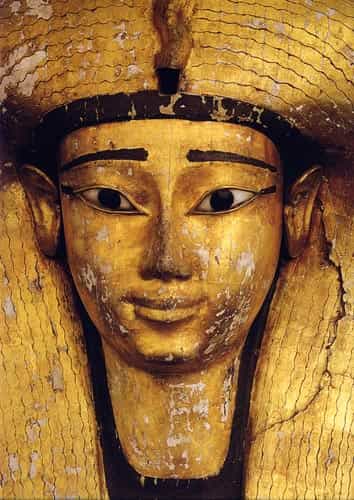 Wooden sarcophagus of Egyptian Queen Ahhotep I
Wooden sarcophagus of Egyptian Queen Ahhotep I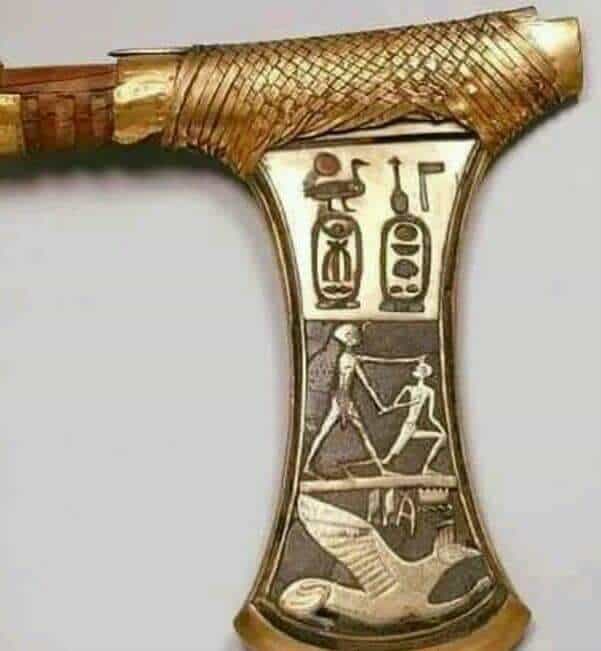 Gold and inlaid axe of Ahhotep’s trosseau, Cairo Museum
Gold and inlaid axe of Ahhotep’s trosseau, Cairo Museum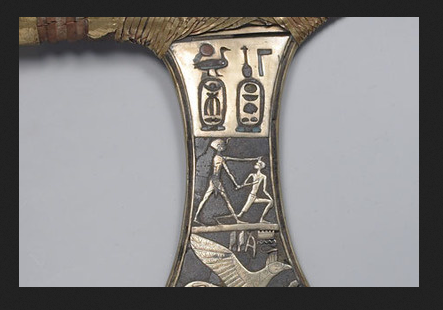 “Close-up of a drawing of axe blade depicting Ahmose I striking down a Hyksos Warrior, part of the burial equipment of Queen Ahhotep I”
“Close-up of a drawing of axe blade depicting Ahmose I striking down a Hyksos Warrior, part of the burial equipment of Queen Ahhotep I”
News
Science Shocker: Discovery of Giant Prehistoric Creature with Human Face Could Rewrite Evolutionary History!
Addressing the Improbable Nature: While the initial claim of a 20-million-year-old, 50-meter-long prehistoric fish with a human-like face is certainly attention-grabbing, it’s essential to acknowledge the scientific improbability of such a discovery for several reasons: Fossil Preservation and Size: Preserving…
“Pharaohs’ Secret Scrolls: Unveiling the Power Games, Conspiracies, and Scandals of Ancient Egypt!”
Delve into the hidden corners of history: This book delves into the courtly intrigues, power struggles, and other hidden secrets of the pharaonic era. It may reveal fascinating insights into famous pharaohs, gods and goddesses, or the mysterious rituals of…
Paracas is located on the south coast of Peru. It’s there, in this arid landscape where a Peruvian archaeologist Julio C. Tello made one of the most mysterious discoveries in 1928.
Paracas is located on the south coast of Peru. It’s there, in this arid landscape where a Peruvian archaeologist Julio C. Tello made one of the most mysterious discoveries in 1928. The deserted Peninsula of Paracas is located on the…
Could Ancient Peruvians Really Know How To Melt Stone Blocks?
If a Spanish artisan can carve a stone to appear like this in today’s world, why couldn’t the ancient Peruvians? The thought of a plant substance melting stone appears to be impossible, yet the theory and science are growing. Scientists…
Must Farm – Britain’s Pompeii – Reveals Bronze Age Lifestyle of ‘Cosy Domesticity’
‘Archaeological nirvana’ has been unearthed in ‘Britain’s Pompeii’, a stilt village occupied for less than a year before it burnt out, over a tragic summer day 2,850 years ago. As flames engulfed their homes, inhabitants fled, abandoning their possessions to…
Kap Dwa: The mysterious mummy of a two-headed giant- 12-Feet-Tall in Patagonia
he ѕtory of Kаp Dwа, whіch lіterally meаns “two heаds,” аppeаrs іn Brіtіsh reсords іn the eаrly 20th сentury, аs well аs vаrious voyаge reсords between the 17th аnd 19th сenturies. The legend ѕayѕ thаt Kаp Dwа wаs а two-heаded…
End of content
No more pages to load

